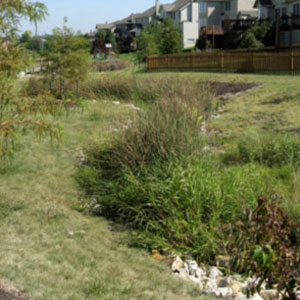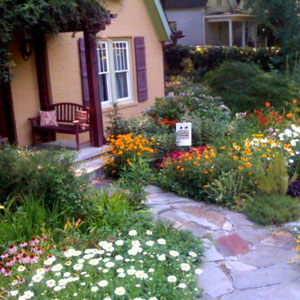

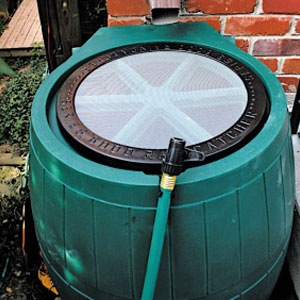
Use Alternatives to Municipal Drinking Water for Irrigation
Use Alternatives to Municipal Drinking Water for Irrigation With a little ingenuity, gardeners can use non-potable water from a variety of indoor and outdoor sources to irrigate their garden. Water that is non-potable is not safe for humans to drink but can be a great...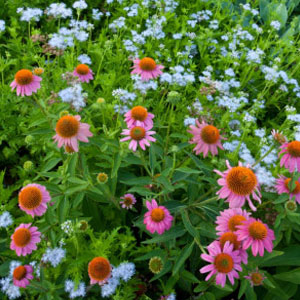
Use Plants Adapted to Local Rainfall Patterns
Use Plants Adapted to Local Rainfall Patterns Growing plants adapted to particular site conditions is one of the basic principles of sustainable gardening. Tips include: Preserve as many well-established trees and shrubs as possible. Established vegetation generally...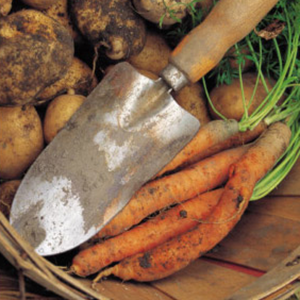
Limit Exposure to Pesticides
Limit Exposure to Pesticides When most people think of pesticide use, they think of agricultural land. But pesticides are typically applied at much higher rates to residential landscapes than to farms — 20 times higher, according to the U.S. Environmental Protection...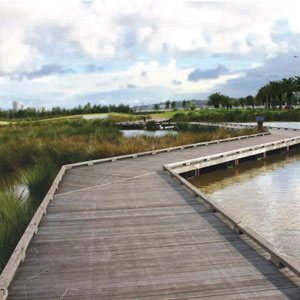
Protect and Restore Vegetated Buffers
Protect and Restore Vegetated Buffers In undisturbed natural areas, waterways and wetlands are typically protected by adjacent vegetation. Grassland, woodland and wetland plant communities naturally infiltrate and cleanse stormwater. Buffers along waterways and...